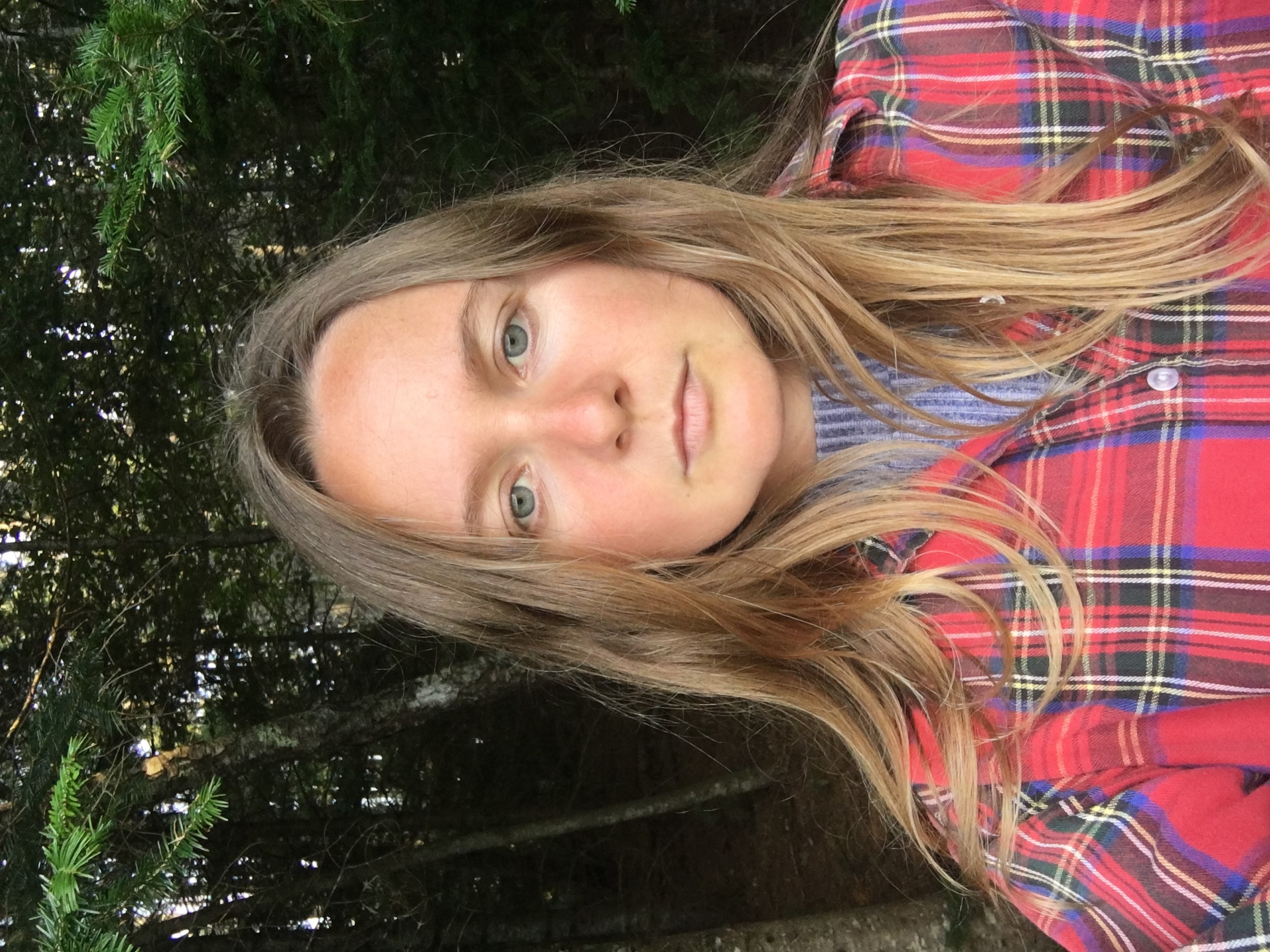MEET THE ARTIST: Siempre Más / Always More
**Events may have been canceled or postponed. Please contact the venue to confirm the event.
Date & Time
Sat, Oct 24 1:00 PM - 4:00 PM
Address (map)
229 East Victoria Street
Photo of Mina Opazo
Siempre Más / Always More, an exhibition of textile works by Minga Opazo, is coming to an end. Meet the artist one last time this Saturday, October 24, from 1:00 to 4:00 PM and by appointment until October 31. (Self-screening, masks, and social distancing are required.)
In Siempre Más / Always More, Opazo explores the relationship of textiles to climate change, contemporary industrial textile production, and Chilean textile history. A fourth-generation craftsperson from Chile, Opazo exposes the unsustainable and dehumanizing practices of international textile production through large-scale weavings and installations made of found and recycled textiles.
For centuries, textiles for clothing in Chile were created by human hands using natural materials. These craft traditions shaped Chilean culture, providing work, artistic expression, and a sense of identity to local communities. With the invention of polyester, Lycra, and nylon, and the dictatorial regime of Augusto Pinochet (from 1973 to 1990), Chile’s doors opened to the free market; mass-produced garments flooded in. Natural dyes and hand looms were replaced by artificial dyes, machines, and dehumanizing assembly lines. Opazo’s series, Mejor Que Sobre Que Falte (Better Too Much Than Too Little), refers to the resulting glut of discarded, chemically infused garments, which cannot be absorbed back into the natural world and are now being buried under Chilean soil.
Siempre Más / Always More includes wall sculptures, installations, and a new, site-specific weaving outdoors on the 2nd story porch railing of the Architectural Foundation, facing Victoria Street. This temporary installation highlights the fact that while the colors of used clothing will fade, the clothing will never completely disintegrate. Opazo comments, “We live in an era of excess, we consume and throw away. We don’t see the massive amount of overproduction in our everyday life, it’s invisible to us, tucked away.”

